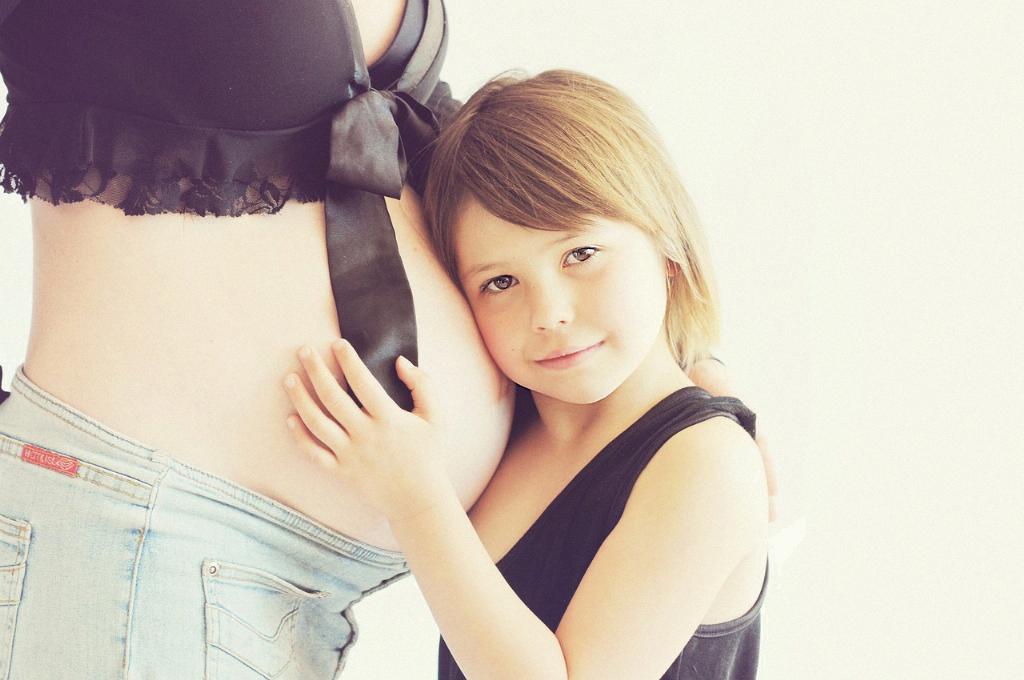When it comes to childbirth, the topic of cesarean section, commonly known as C-section, often sparks discussions regarding the seriousness of the procedure. It’s important to acknowledge that a C-section is indeed a major surgery with significant implications for both the mother and the baby. Understanding the risks and benefits associated with this procedure is crucial in making informed decisions regarding childbirth.
One of the key factors to consider when evaluating the seriousness of a C-section is the fact that it involves major surgery. Unlike vaginal birth, which is a natural process, a C-section requires incisions to be made in the abdomen and uterus to deliver the baby. This invasive nature of the procedure inherently carries risks that are not present in a vaginal delivery.
Maternal risks associated with C-sections are an important consideration when assessing the seriousness of the surgery. Because C-sections involve major surgery and the use of anesthesia, there are potential disadvantages compared to vaginal birth. These risks can include infection, blood loss, blood clots, and a longer recovery time for the mother.
Furthermore, the recovery period following a C-section can be more challenging than after a vaginal birth. Since it is a surgical procedure, mothers who undergo a C-section may experience postoperative pain, discomfort, and limited mobility during the initial days or weeks after giving birth. This can impact the mother’s ability to care for her newborn and herself during the recovery process.
In addition to the physical risks and challenges, there are also emotional and psychological implications to consider when discussing the seriousness of a C-section. For some women, undergoing major surgery to deliver their baby can be a source of anxiety, stress, and feelings of disappointment if their birth plan deviates from their expectations.
It is important to note that while C-sections are commonly performed and are generally safe, they are not without risks. In some cases, complications can arise during or after the surgery that may necessitate additional medical interventions and care. These complications can range from infections and excessive bleeding to problems with anesthesia or the incision site.
For the baby, a C-section can also have implications that need to be considered when evaluating the seriousness of the surgery. Babies born via C-section may be at a higher risk of respiratory issues, such as transient tachypnea, due to the lack of exposure to vaginal microbes during birth. Additionally, babies born via C-section may face a longer recovery period compared to those born vaginally.
Despite the risks and challenges associated with C-sections, it is essential to recognize that in some cases, a C-section may be the safest option for the mother and baby. Medical emergencies, such as fetal distress or placental abruption, may necessitate a C-section to ensure the health and well-being of both the mother and the baby.
It is crucial for expectant mothers to have open and honest discussions with their healthcare providers about the risks and benefits of C-sections and to be actively involved in the decision-making process regarding their childbirth. By being well-informed and having a clear understanding of the implications of a C-section, mothers can make choices that align with their preferences and medical needs.
In conclusion, a C-section is undoubtedly a serious surgery that carries risks and implications for both the mother and the baby. While it may be necessary in certain circumstances, it is essential for expectant mothers to be informed about the potential risks and challenges associated with the procedure and to actively participate in decisions regarding their childbirth.

